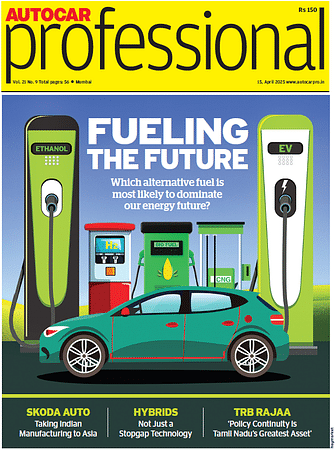Koenigsegg introduces first in-house E-motor and EV-drive unit
A key driver for the development of the Quark E-motor was offering the wider market the opportunity to tap into a torque-rich, ultra-compact e-motor for wide-ranging applications.
Koenigsegg recently introduced the company’s newest innovation, the Quark electric motor that utilises a novel torque/power-rich balance between radial(power-dense) and axial(torque dense) flux topology dubbed Raxial Flux.
The Quark E-motor relooks at the fundamentals of magnetism, materials, cooling and packaging. The Quark elementary particle is the only particle to experience all four fundamental forces (electromagnetism, gravitation
The mixing of radial and axial flux layout enables the best torque to power to weight ratio in the industry. Spearheading this development is Electric Motor Design Lead Dragos-Mihai Postariu who said, “the Quark is designed to bolster the low-speed range of the Gemera, where you need it, for brutal acceleration. The ICE then focuses on the high-speed range. What this means in terms of performance for the Gemera is a big power surge followed by a continuous record-speed push to 400 km/h without any torque or power losses.”
A key driver for the development of the Quark E-motor was to continue the company’s legacy with the Koenigsegg Gemera; while offering the wider market the opportunity to tap into a torque-rich, ultra-compact e-motor for wide-ranging applications, such as EV powertrains, Aerospace, VTOL, Marine and more.
Koenigsegg CEO and founder Christian von added that, “The Quark is unique in its high efficiency in combination with its class-leading torque-to-power-to-rpm-to-
RELATED ARTICLES
Isuzu unveils D-Max EV at 2025 Commercial Vehicle Show
Revealed at the 2025 Commercial Vehicle Show in Birmingham, the Isuzu -Max EV is the first fully electric commercial pic...
Hyundai unveils next−gen highly efficient hybrid system
The next-gen hybrid system is claimed to offer 45% better fuel efficiency and 19% more power compared with ICE powertrai...
Horse Powertrain reveals hybrid conversion for electric cars
Engine-making joint venture of Geely and the Renault Group announces new hybrid powertrain that fits into the same space...






 By Autocar Professional Bureau
By Autocar Professional Bureau
 31 Jan 2022
31 Jan 2022
 5823 Views
5823 Views









